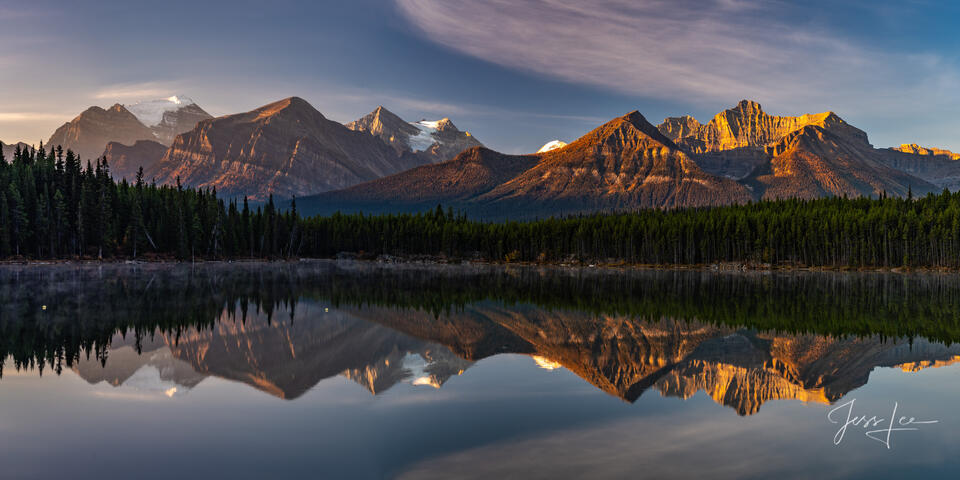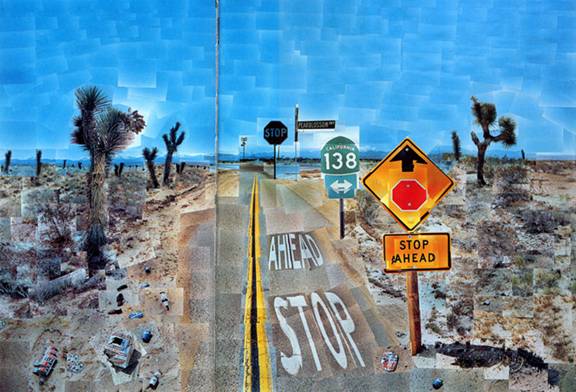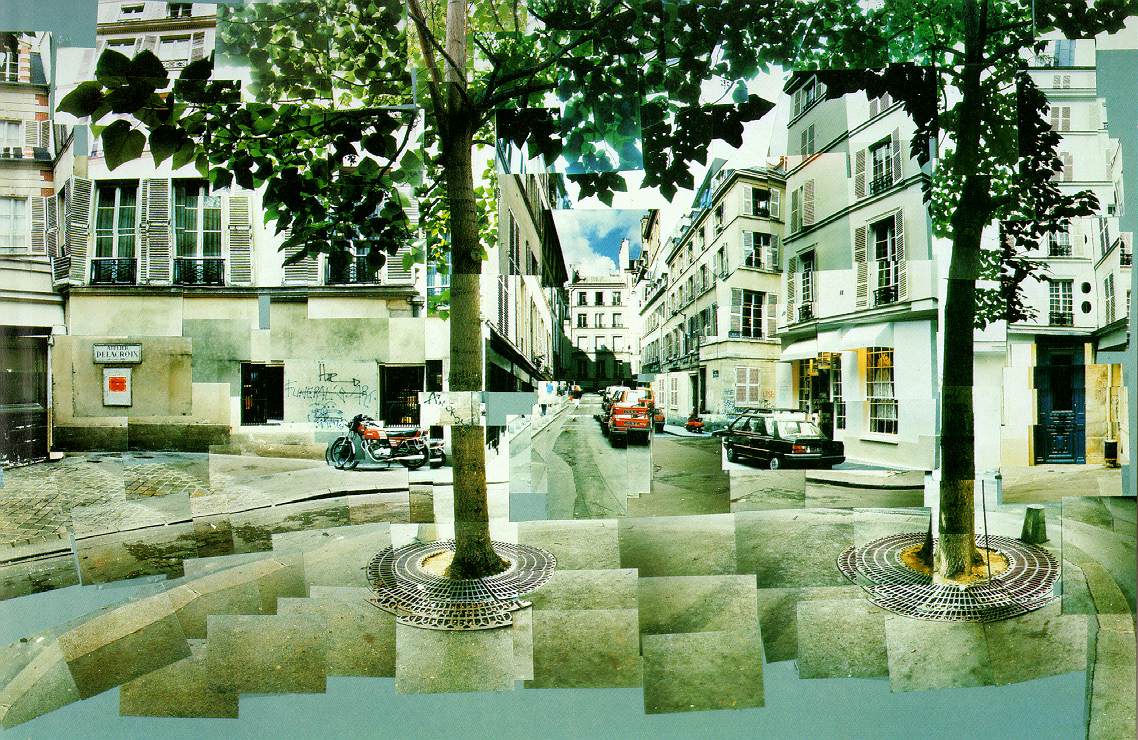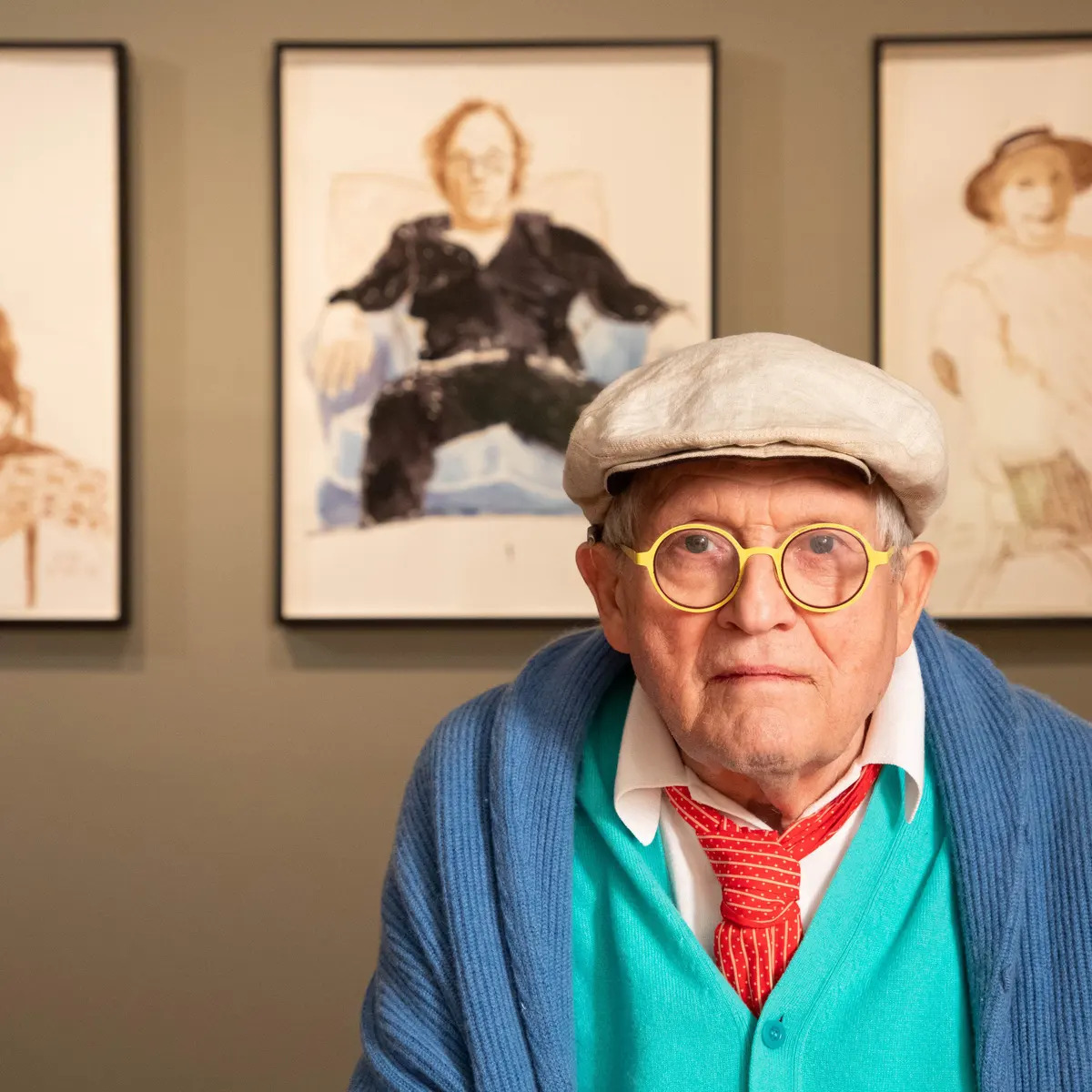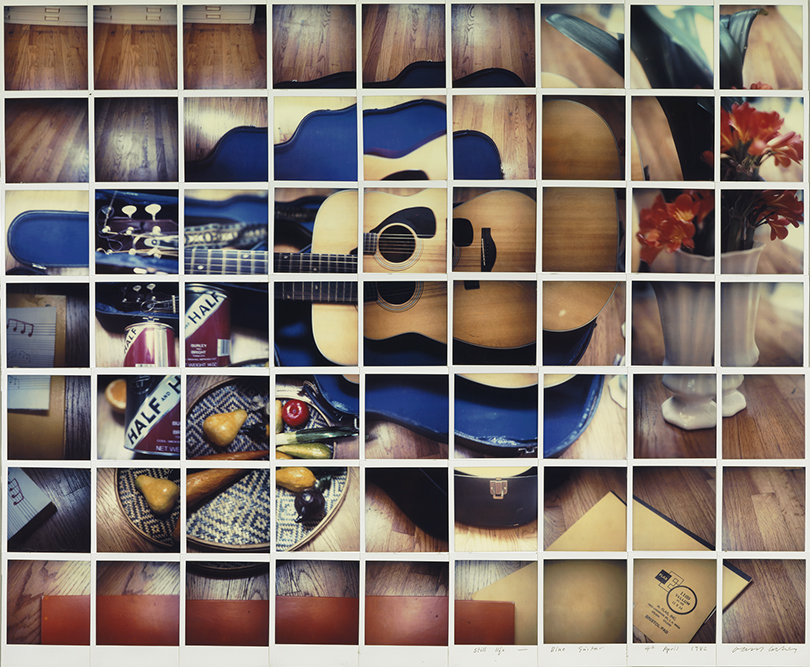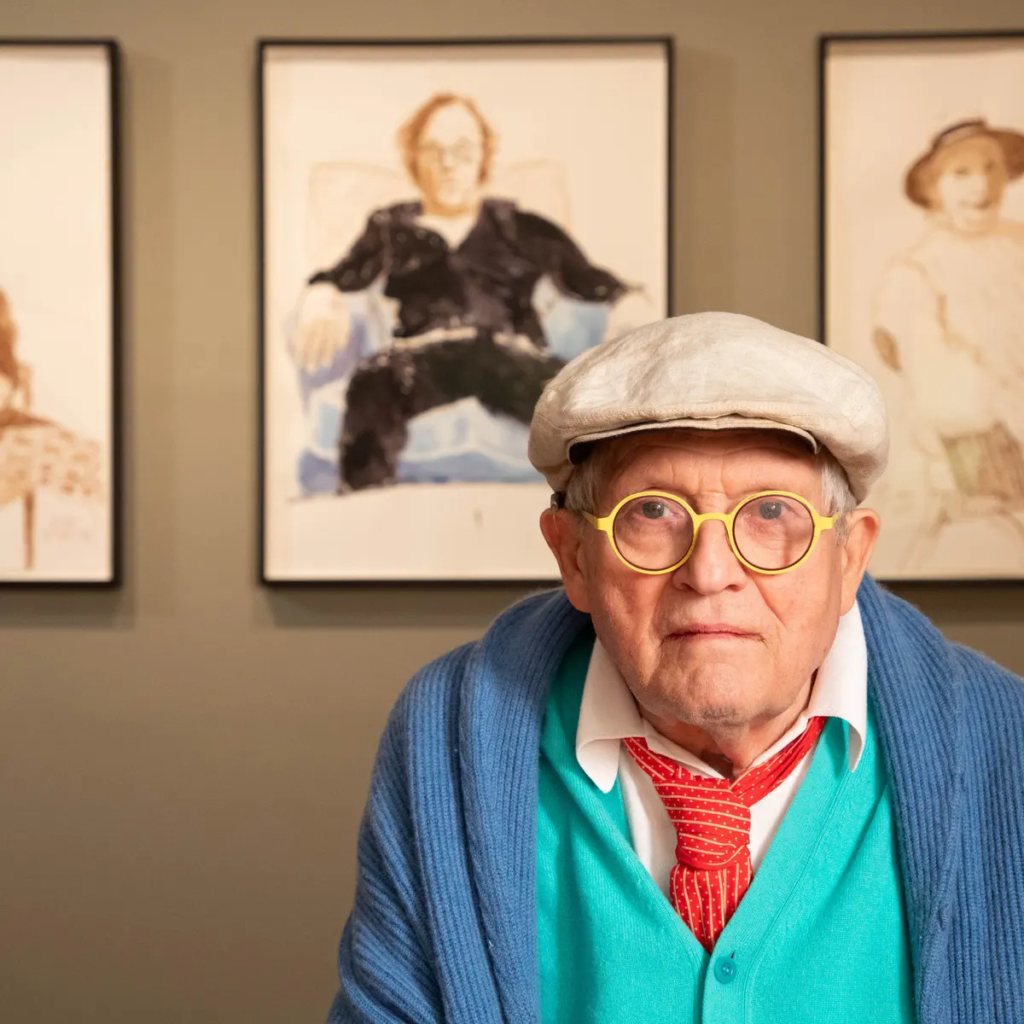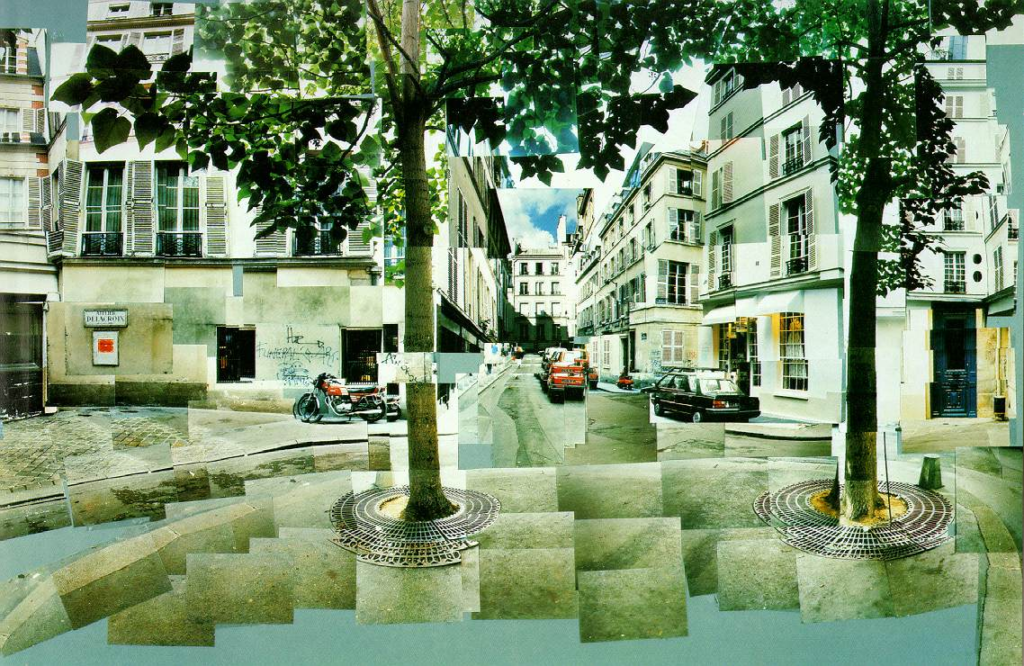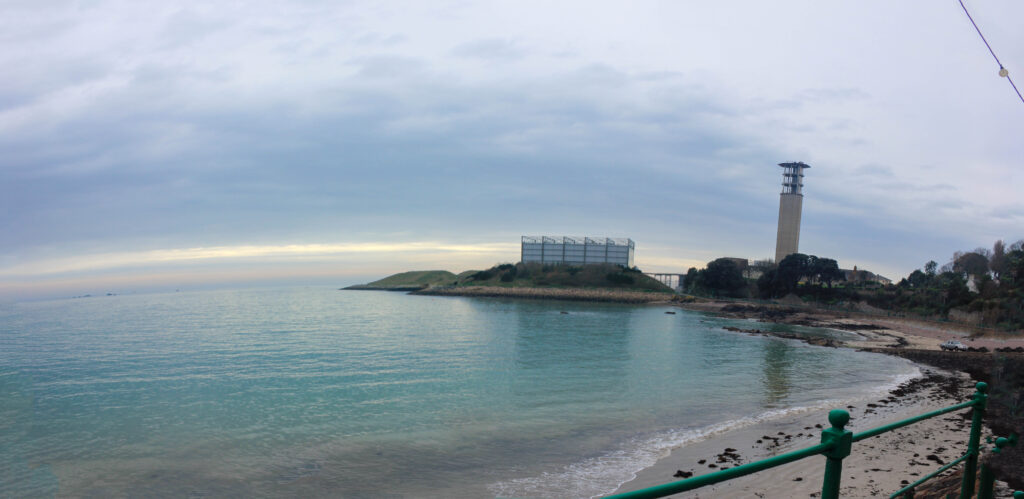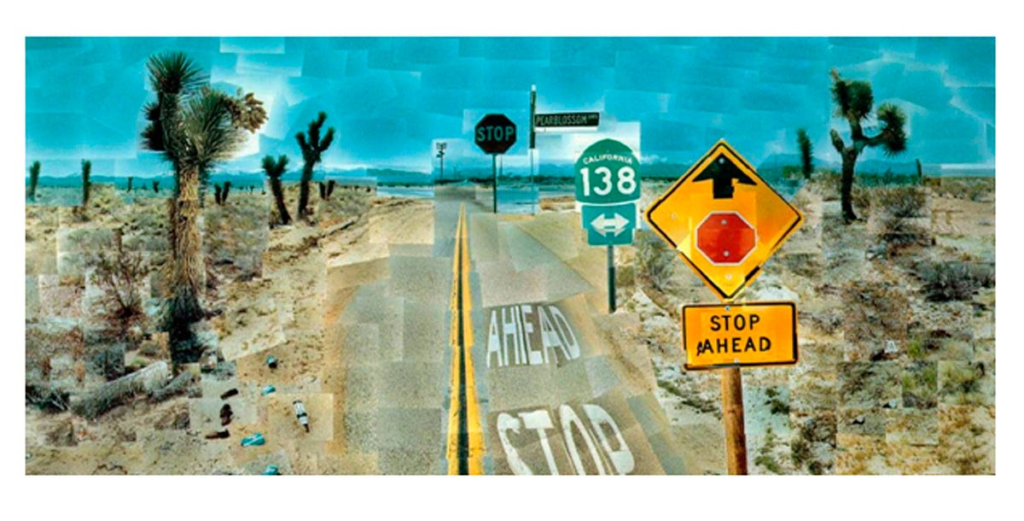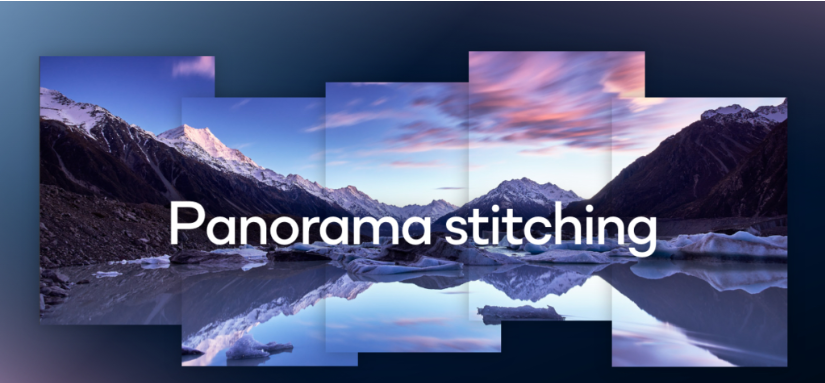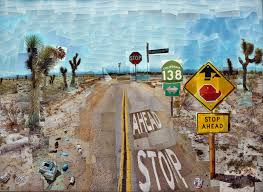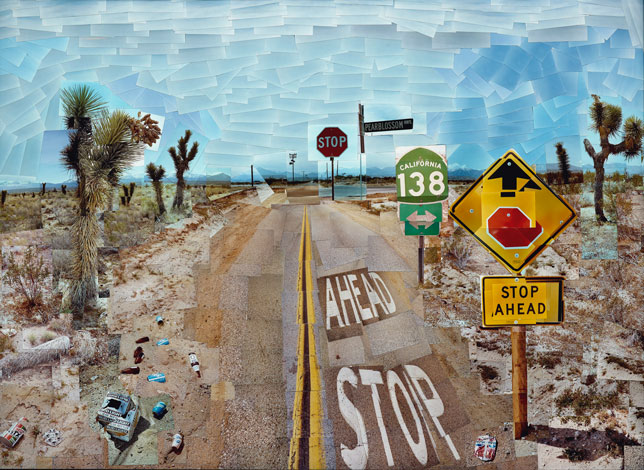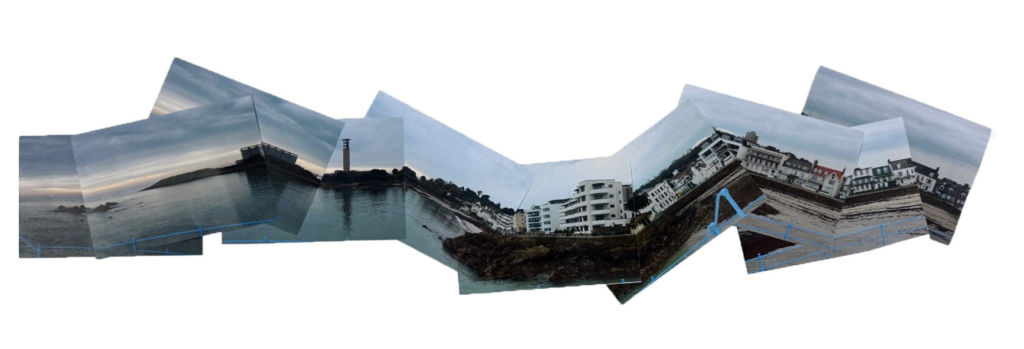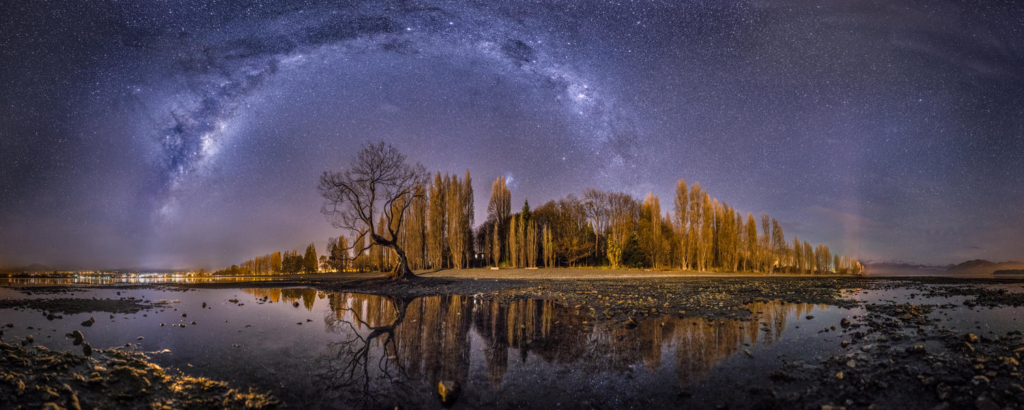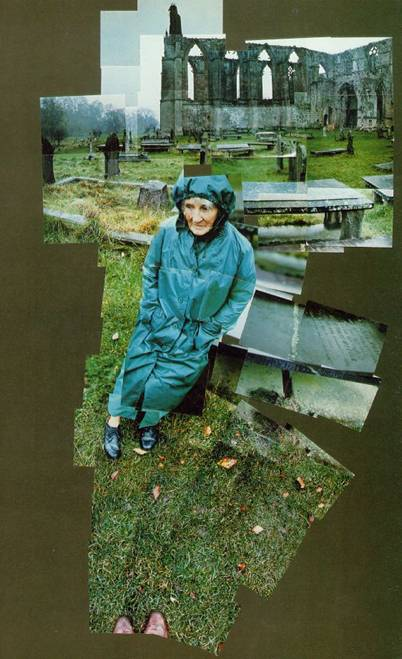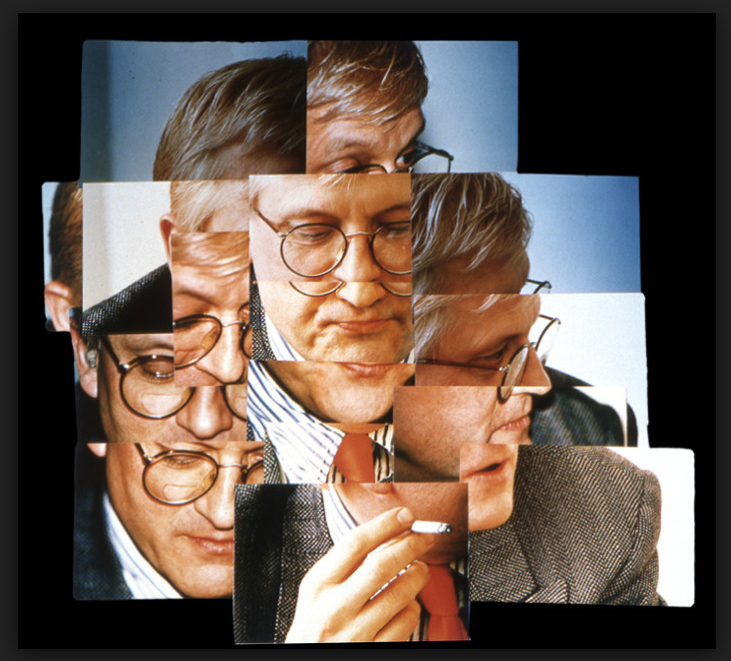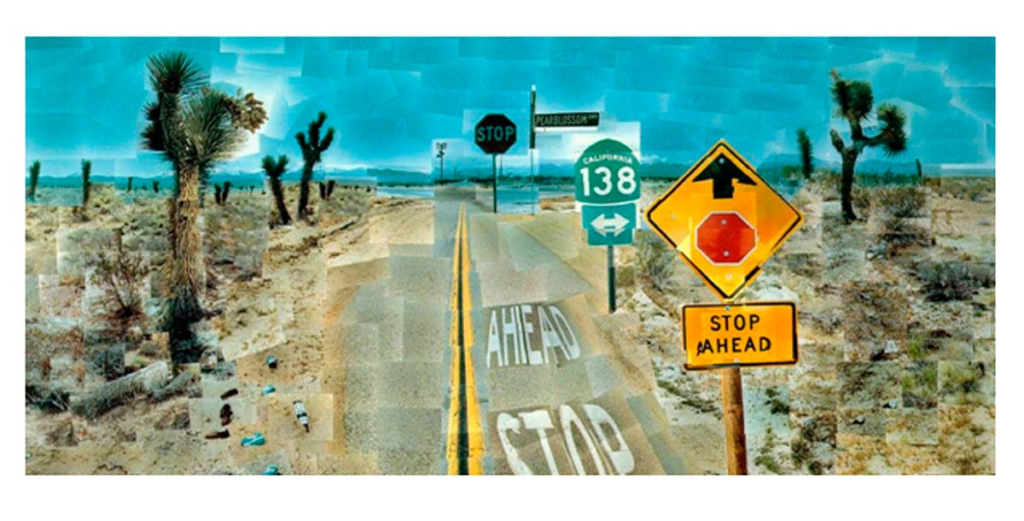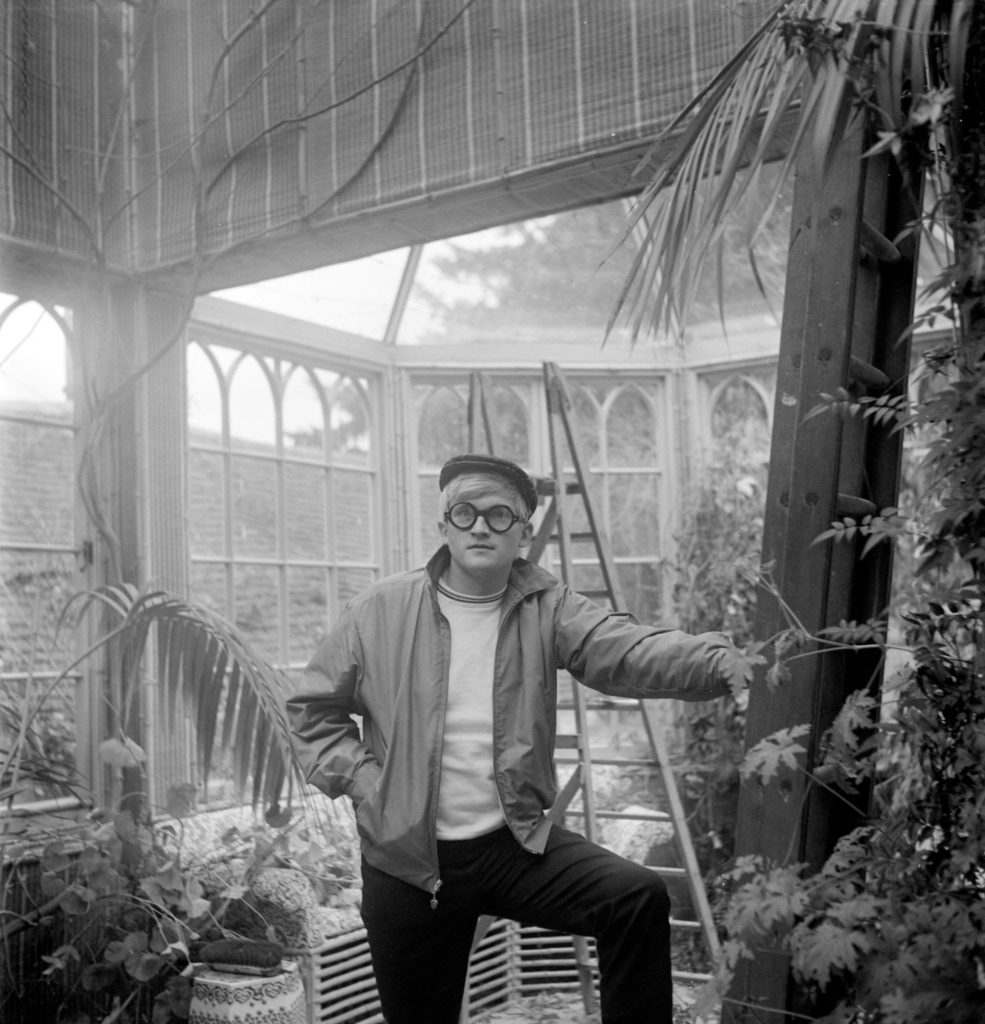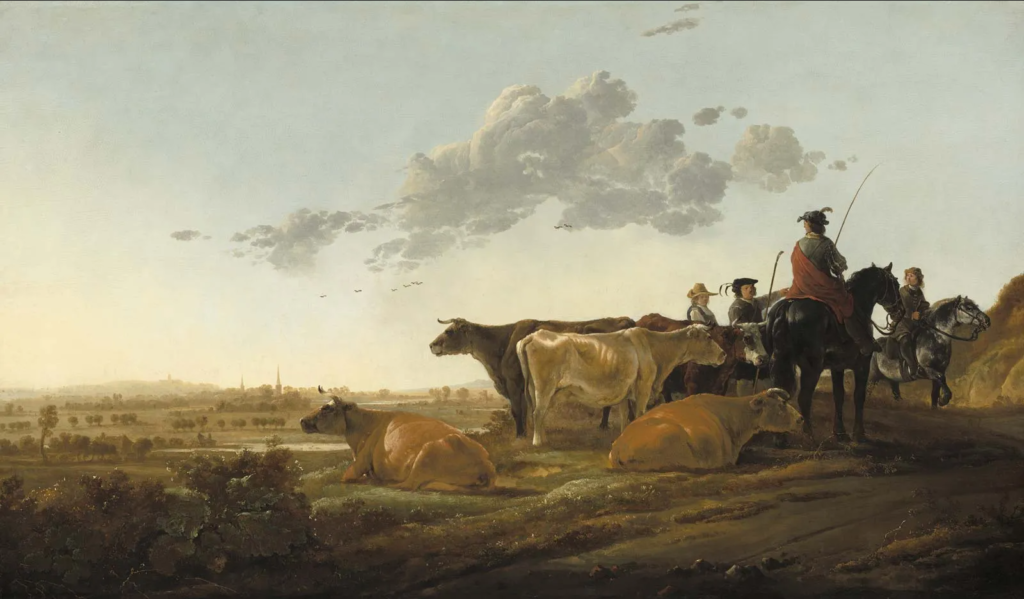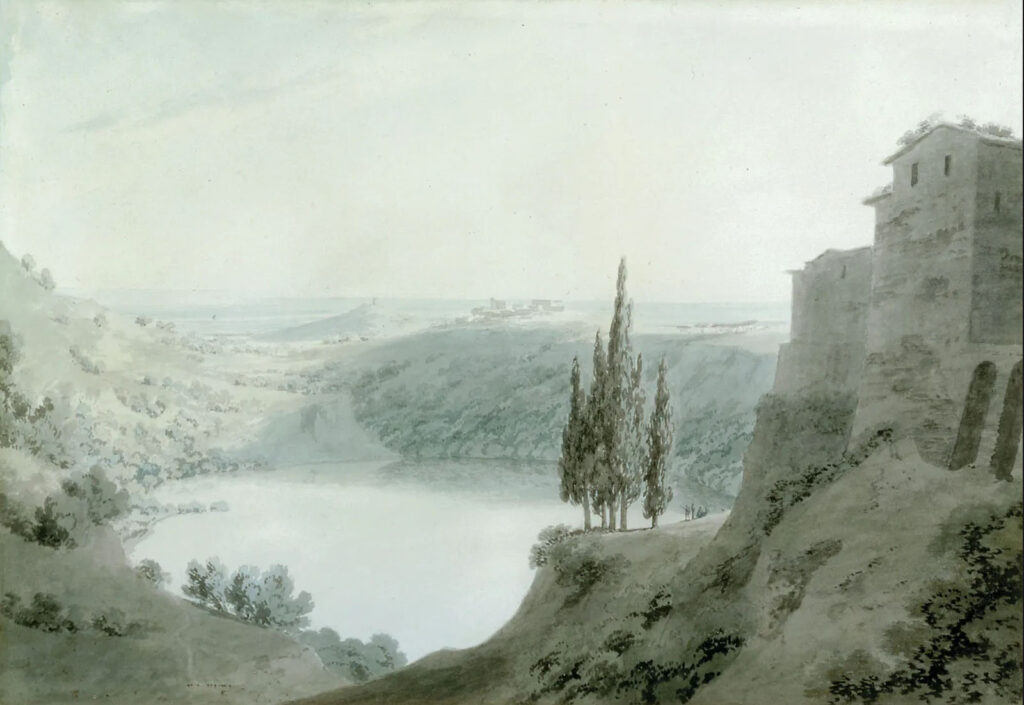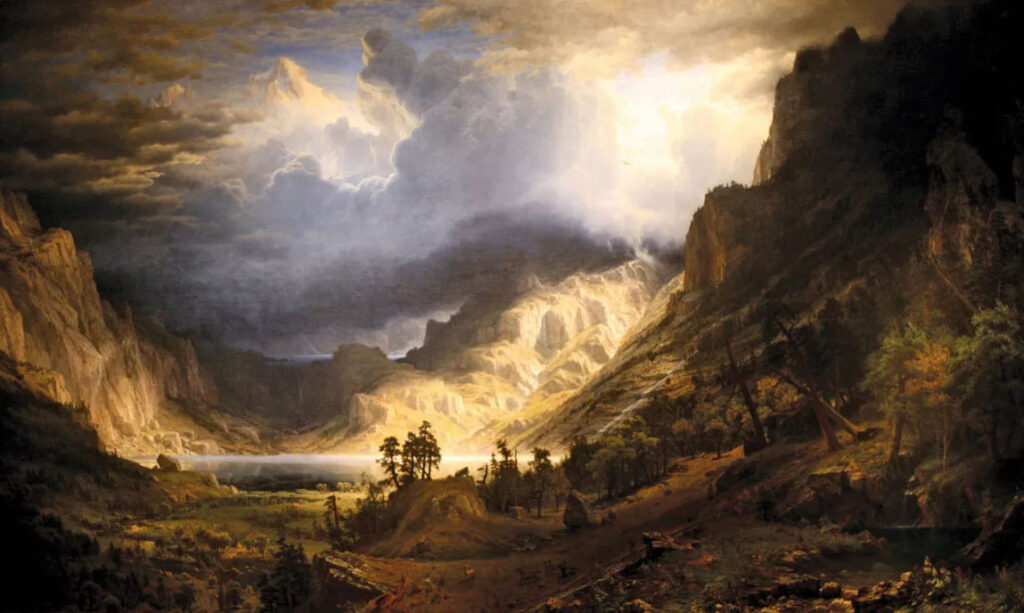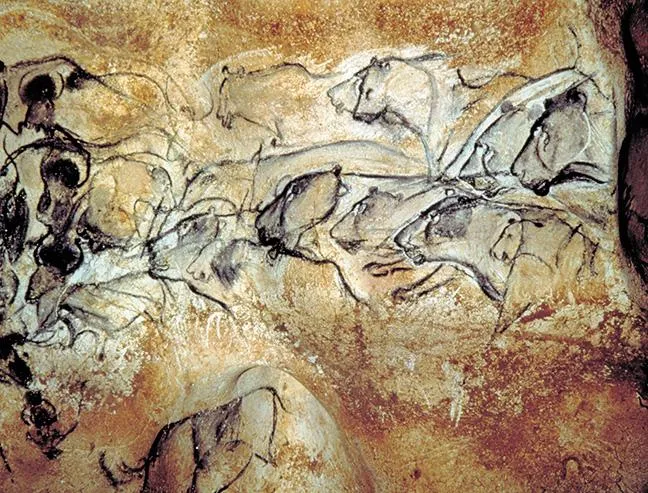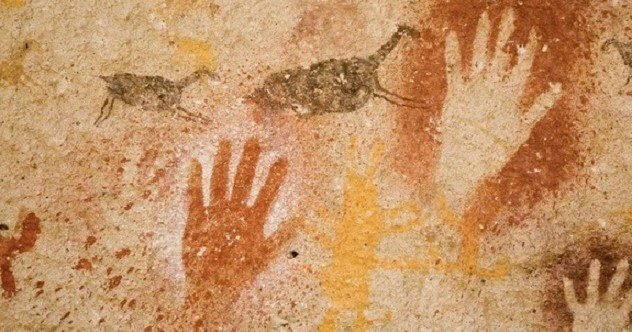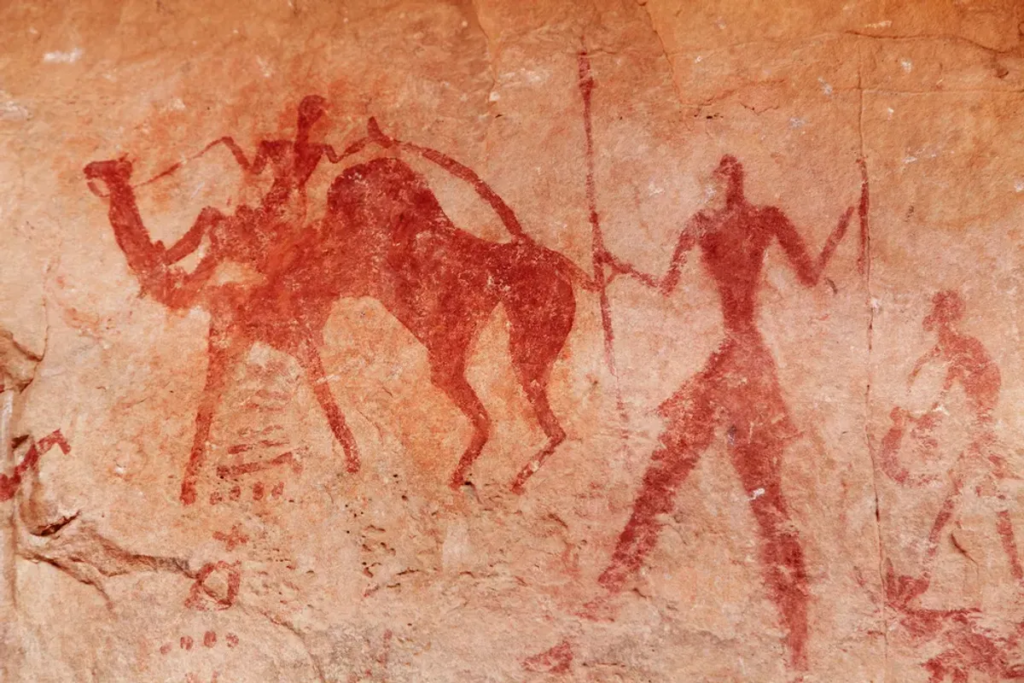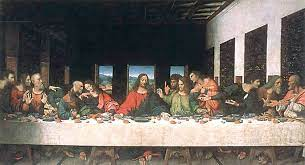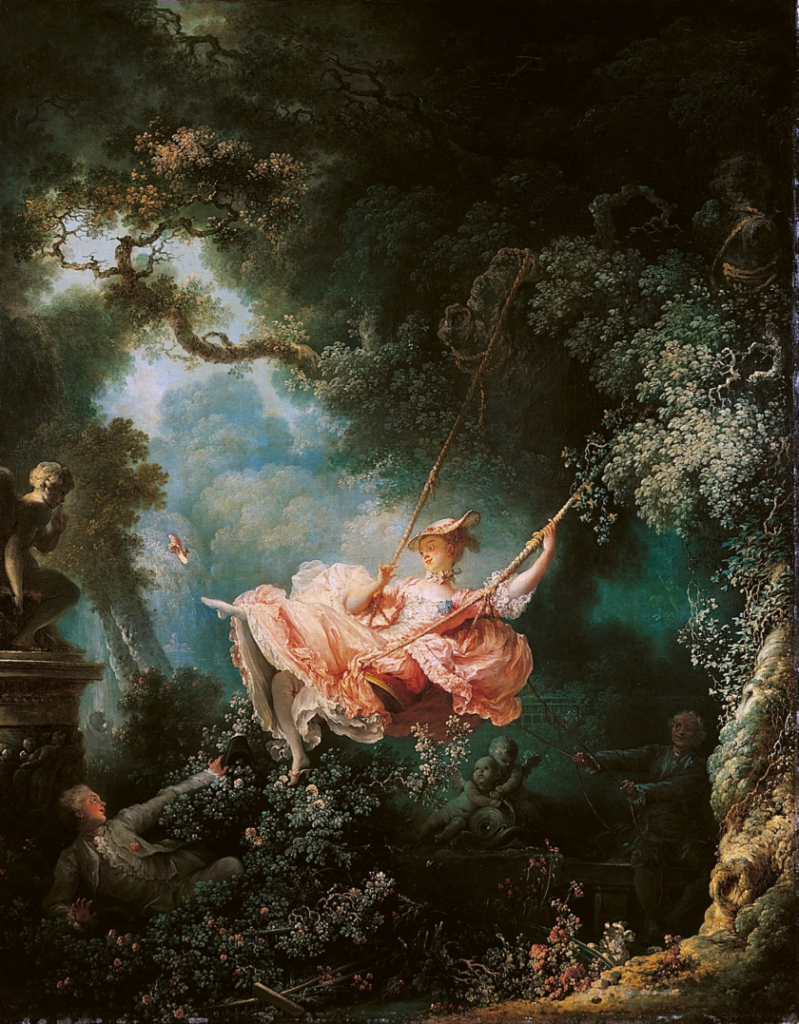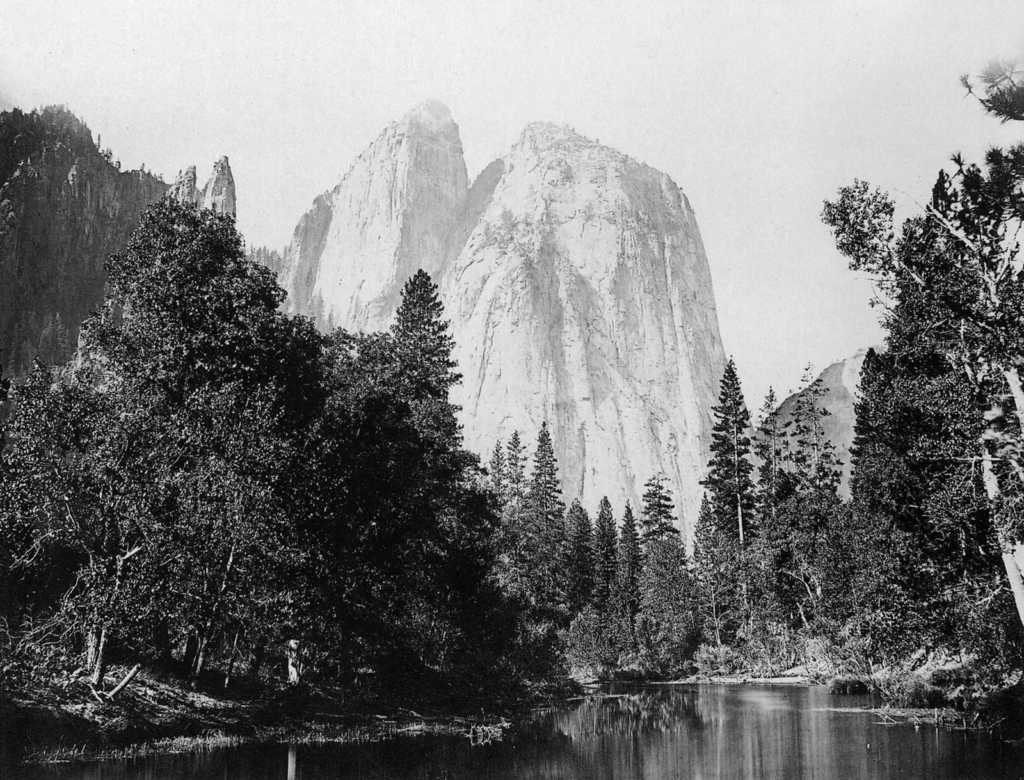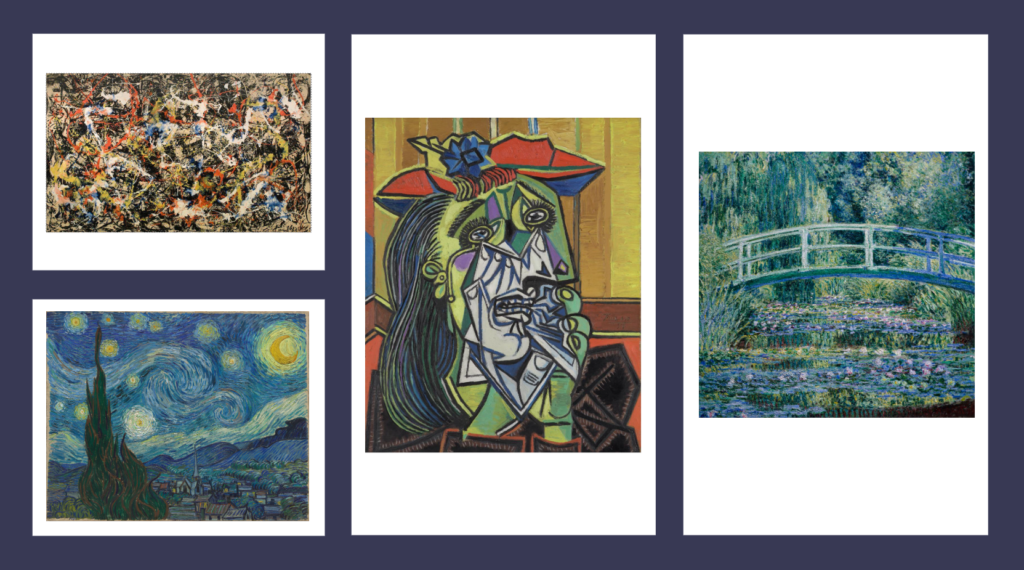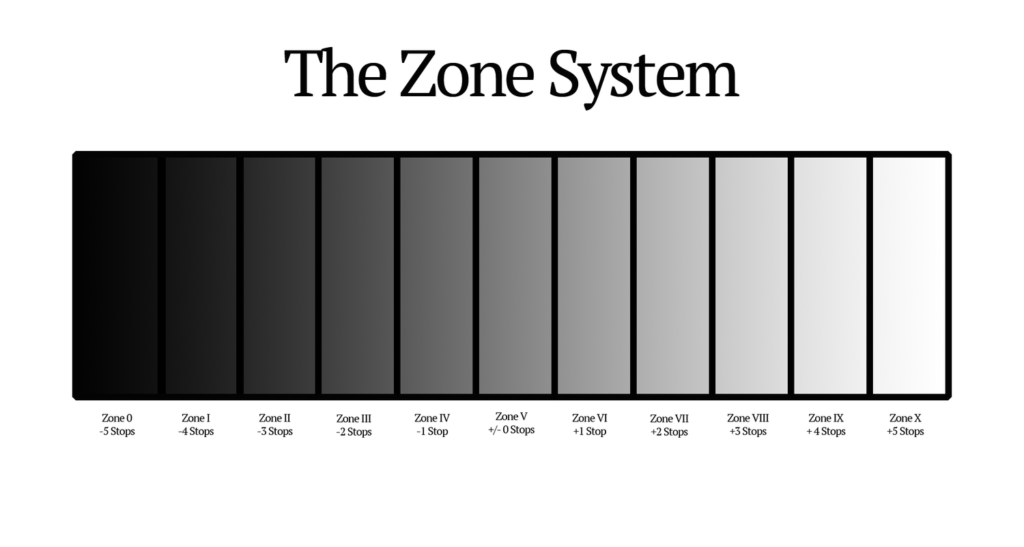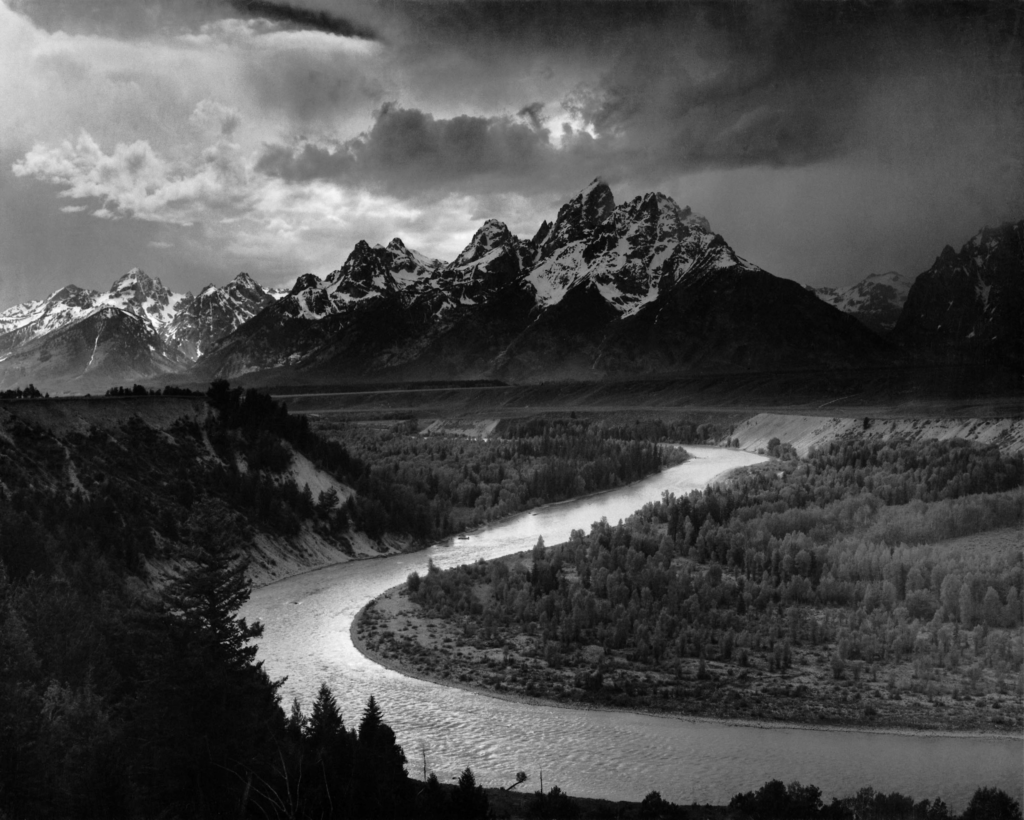A Panoramic image is a technique of taking a photo of what’s in front of you but capturing it at a wide angle. The difference between a wide angle photo and a Panoramic is that a Panoramic usually consists of multiple photos merged together that form a long wide angle strip. This wide strip photo would then show you a expansive view of your shot like with a Landscape it would show the full scenery around you. Wide angle photography in the other hand are different as it typically uses a wide lens that allows you to take a wide angle picture, however wide angle photos have a limit and they cannot capture the amount of detail and area that a panoramic image can achieve.
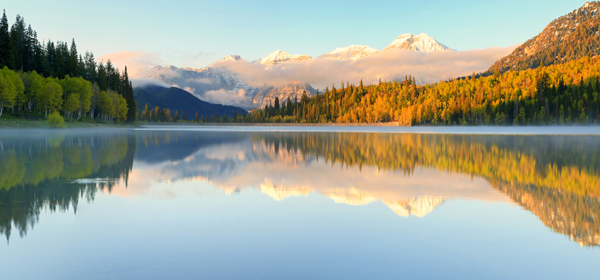
How do I create a Panoramic Landscape?
To create a Panoramic Landscape you can either take a photo of the landscape with your camera that has a Panoramic mode or if your camera does not contain that mode then the traditional method would be to take pictures of your landscape but making sure you take it from all angles from left to right to top to bottom, making sure you leave enough room for the images to overlap. Once you take all these pictures you can insert them into a program like Photoshop or Lightroom and there should be an option to Photo merge them into a Panoramic image. Then you just adjust the images and edit them to your preference and then you should have a Panoramic Landscape.
David Hockney
David Hockney was a painter and a photographer who was well known for his work and was considered one of the most influential British artists of the 20th and 21st centuries. Around the early 20th century he decided to experiment with joiner photographs, these photographs consisted of usually a place or a subject that had photos taken close up instead of far away. By taking multiple close up photos (around 700+ photos) it would then allow him to merge them together to create a full photograph. The difference from a joiner photograph and a full photograph is that joiners allow you to capture details you would never spot on the first time of taking your images. So by taking multiple photos over a span of a few days close up and capturing all the little details and then merging all the photos together you end up creating a piece that not only looks unique but also contains every small detail that is easily viewable which can also make your image look more appealing compared to just a regular image taken from further away where you wouldn’t usually spot those small things.
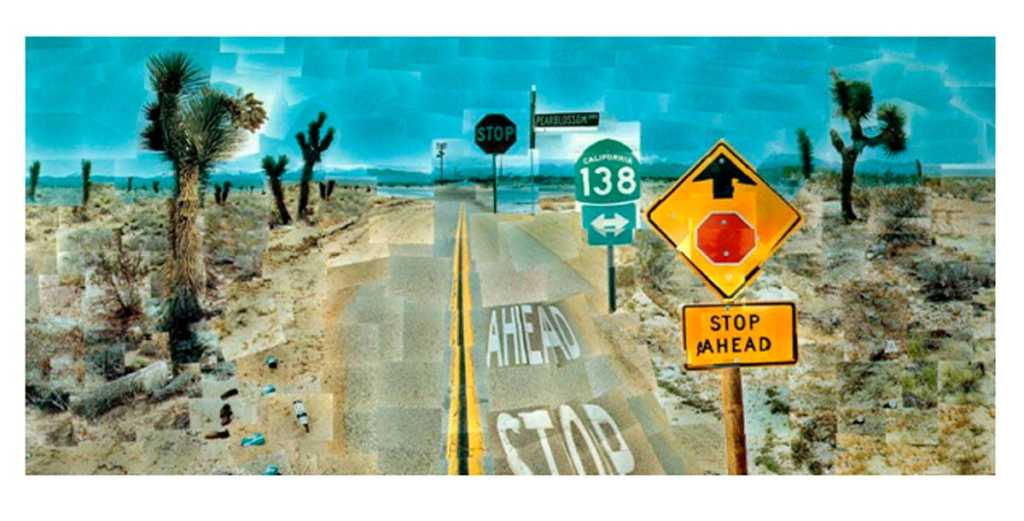
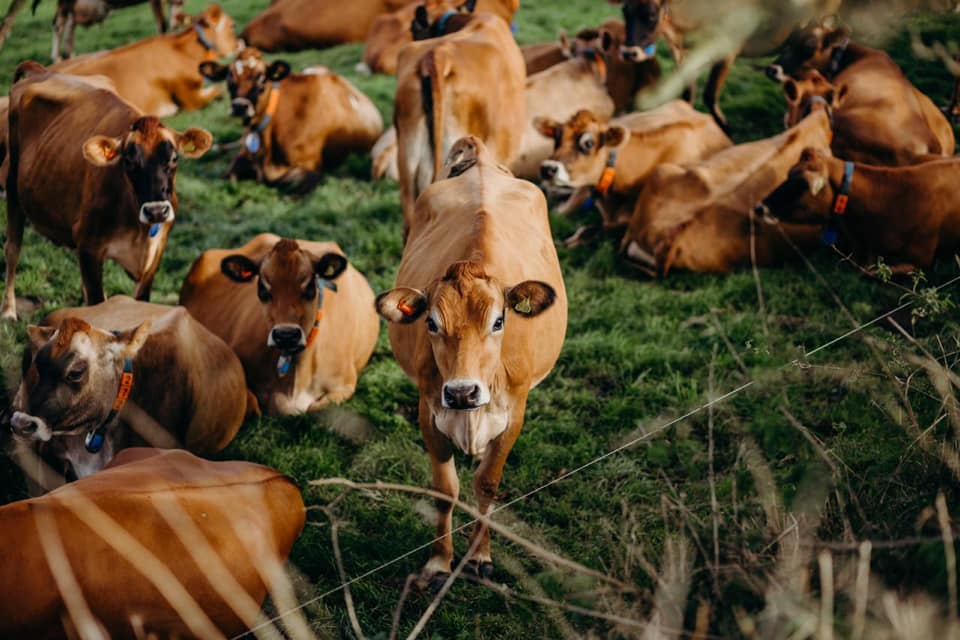
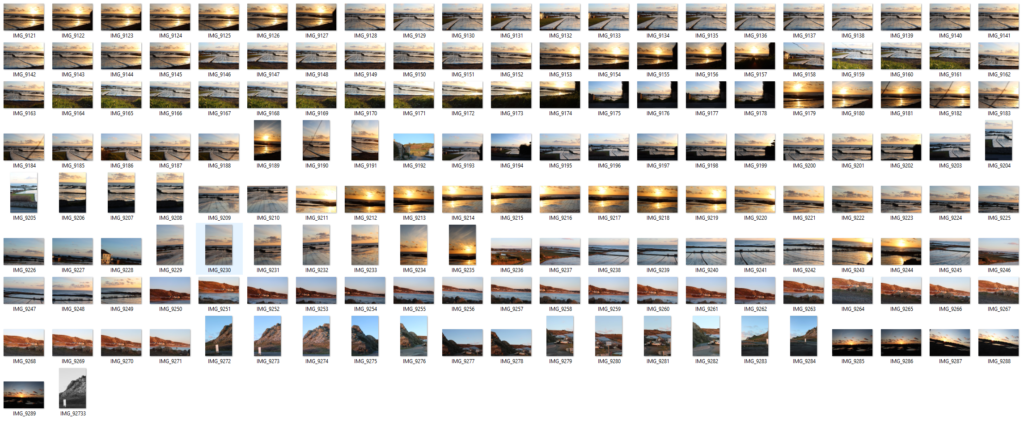

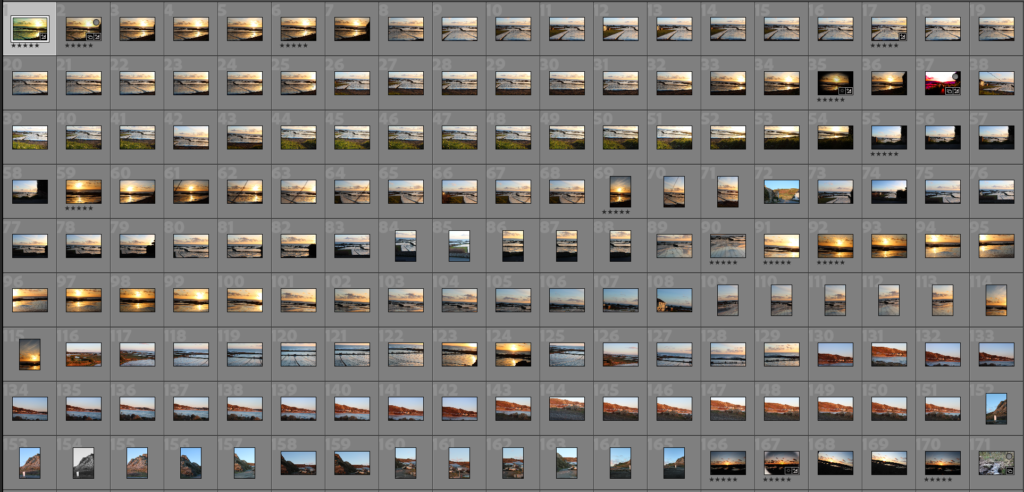

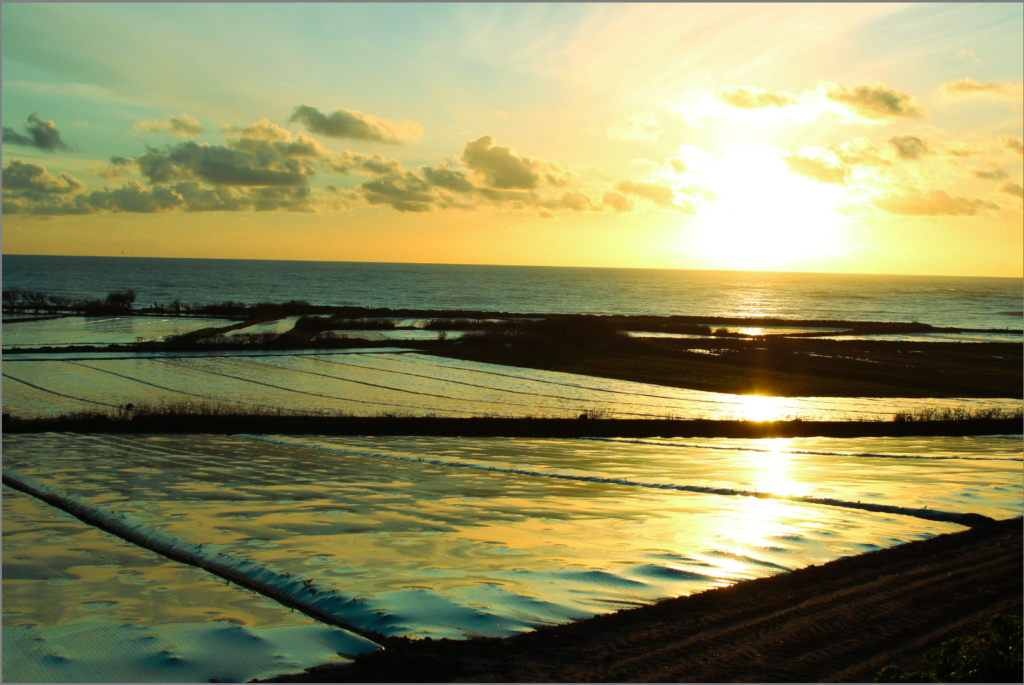
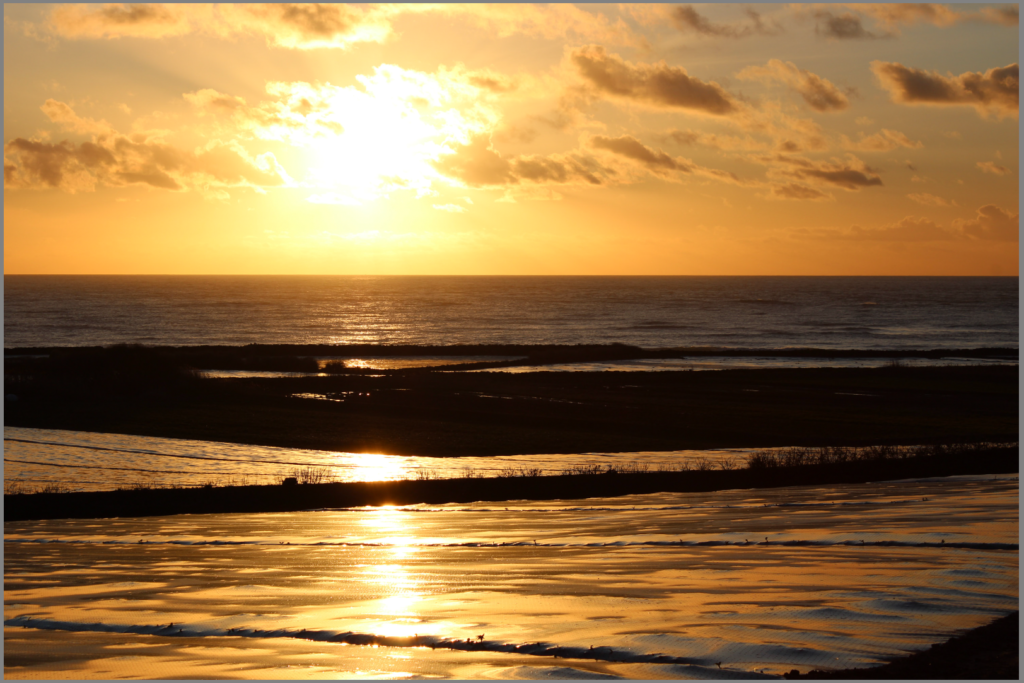
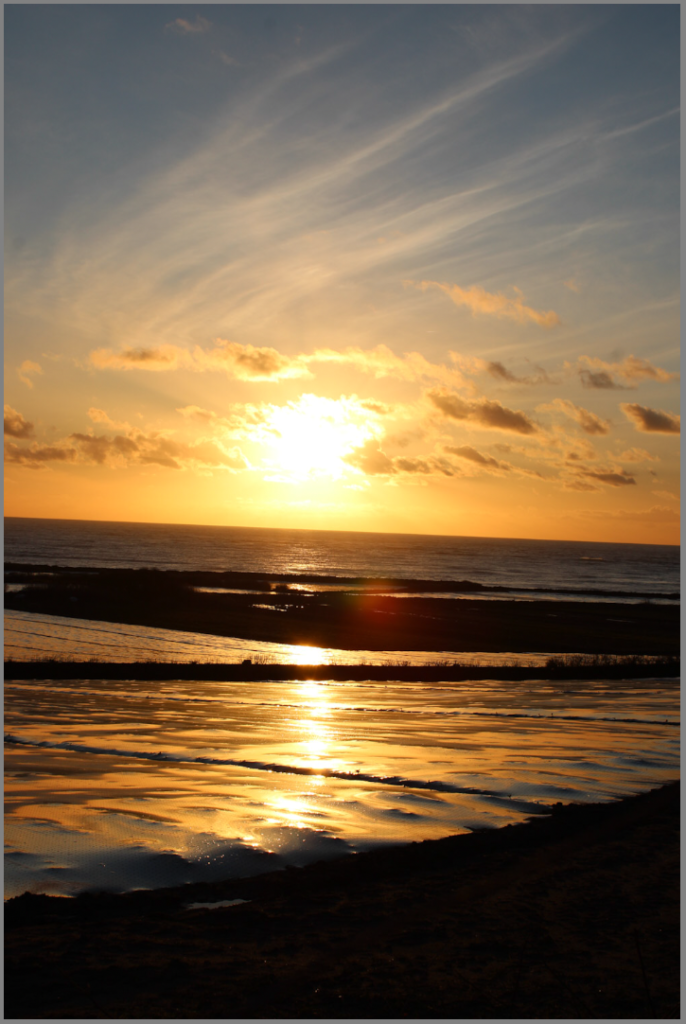
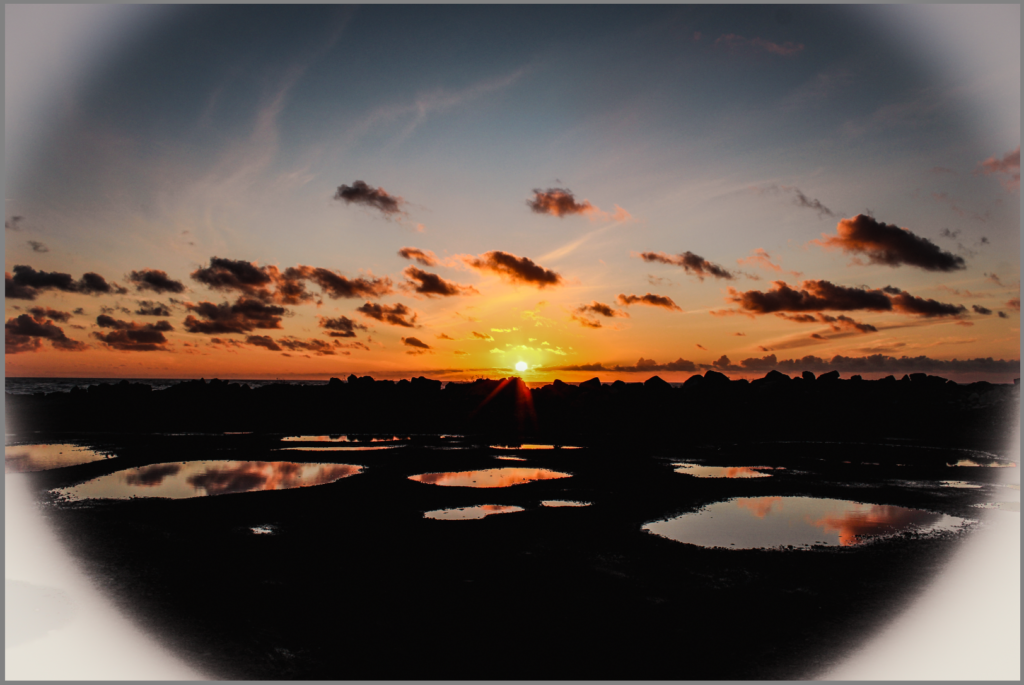




![350+ Panorama Pictures [HD] | Download Free Images & Stock Photos on Unsplash](https://images.unsplash.com/photo-1501082183835-b7b33db89c3f?fm=jpg&q=60&w=3000&ixlib=rb-4.0.3&ixid=M3wxMjA3fDB8MHxzZWFyY2h8N3x8cGFub3JhbWF8ZW58MHx8MHx8fDA%3D)

